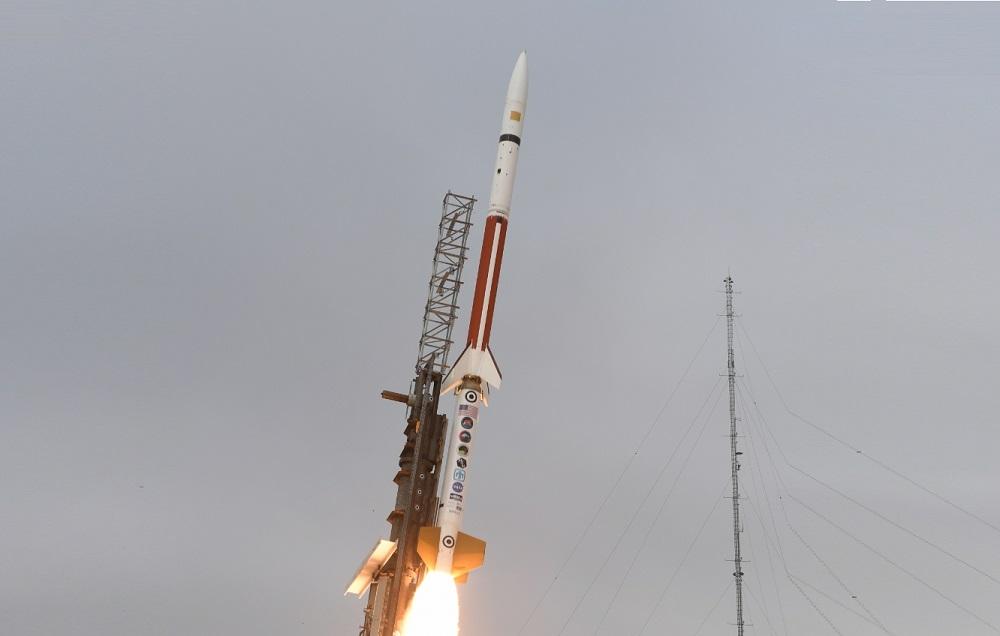The U.S. Navy Strategic Systems Programs (SSP) and the Army Hypersonic Project Office (AHPO) successfully conducted the second High Operational Tempo for Hypersonics flight campaign on October 26 at 2:30pm EST. This flight campaign was executed by Sandia National Laboratories (SNL) from the National Aeronautics and Space Administration (NASA) Wallops Flight Facility. This test will be used to inform the development of the Navy’s Conventional Prompt Strike (CPS) and the Army’s Long Range Hypersonic Weapon (LRHW) offensive hypersonic strike capability. The CPS and AHPO programs are on track to support the first fielding of a hypersonic capability to the Army in FY 2023. The Missile Defense Agency (MDA) took part in the campaign to gather data for its work developing systems that will defend against hypersonic weapons.
One precision sounding rocket launch was conducted containing hypersonic experiments from partners, including CPS, MDA, AHPO, the Joint Hypersonic Transition Office, SNL, Johns Hopkins University/Applied Physics Laboratory, MITRE, Oak Ridge National Laboratory, and several defense contractors. A second sounding rocket will be launched this week to complete the campaign. These rockets contained experimental payloads that provided data on the performance of materials and systems in a realistic hypersonic environment. During weapon system development, precision sounding rocket launches fill a critical gap between ground testing and full system flight testing. These launches allow for frequent and regular flight testing opportunities to support rapid maturation of offensive and defensive hypersonic technologies. The data collected from the latest sounding rocket campaign will drive warfighting capability improvements for both Navy and Army to ensure continued battlefield dominance.

This test is a vital step in the development of a Navy-designed common hypersonic missile, consisting of a Common Hypersonic Glide Body (CHGB) and booster, which will be fielded by both the Navy and Army with individual weapon systems and launchers tailored for launch from sea or land. The Navy and Army will continue to work in close collaboration to leverage joint testing opportunities. Delivering hypersonic weapons is one of the DoD’s highest priorities. Hypersonic weapons, capable of flying at speeds greater than five times the speed of sound (Mach 5), are highly maneuverable and operate at varying altitudes. The DoD is working in collaboration with industry, government national laboratories, and academia to field hypersonic warfighting capability in the early-to mid-2020s. The Army and Navy routinely share data with MDA that supports its work on hypersonic defenses.
The CPS Program, the lead for the common hypersonic missile design and development, has implemented a weapon system development plan that includes a series of recurring Technology Insertion points that will ensure the United States offensive hypersonic capability continues to evolve and enhance beyond the initial capabilities fielded to the first Army Battery. The Technology Insertion process will allow for the routine incorporation of new capabilities and system improvements, as they become available, in order to rapidly maximize the warfighting capability delivered to our Soldiers and Sailors. The frequency and affordability of the sounding rocket launches allows for the Navy and Army Programs to mature these technologies prior to finalizing the weapon system design. For example, the October 2021 inaugural High Operational Tempo for Hypersonics flight campaign demonstrated a capability that was deemed sufficiently mature to pursue its incorporation in the next Technology Insertion.















